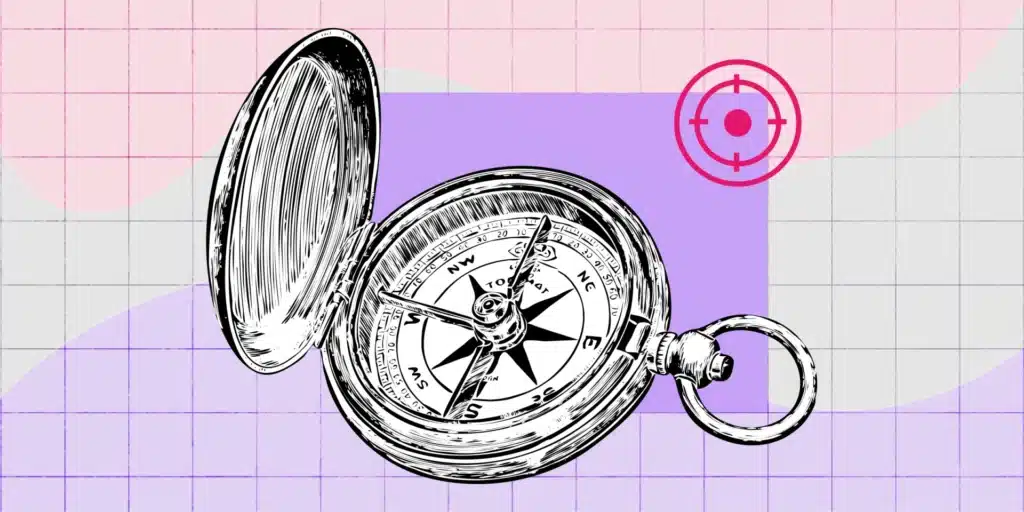Carl Wieman, a Nobel Prize-winning professor of physics at Stanford University, likens traditional lecturing to bloodletting, that ancient medical practice of extracting blood from a person in an attempt to cure or prevent illness. Any physician who suggested such an archaic treatment in a modern day hospital would be quickly retired.
Wieman has devoted his recent years to researching and conducting experiments around how students learn. “You give people lectures, and [some students] go away and learn the stuff,” Wieman told NPR in 2016. “But it wasn’t that they learned it from lecture—they learned it from homework, from assignments. When we measure how little people learn from an actual lecture, it’s just really small.” He has the research data to prove it. For years, Wieman measured the effectiveness of traditional lectures versus other evidence-based methods of teaching (i.e. classroom flipping, arming students with clickers, conducting in-class discussions).
Wieman’s data show that students get a deeper understanding of the material and retain more knowledge after being taught in an active-learning style. Compared to peer lecturing, the failure rate fell 12 percent. Test performance went up by almost half.
Active learning, a method that encourages students to be directly involved in the learning process by reading, writing and discussing course material, has gained popularity in recent years. Innovative instructors who are making use of active techniques are seeing positive results.
University of Wyoming professor John Hoberg, for example, never thought he’d adjust his teaching techniques. But after participating in a faculty-led program that encouraged instructors to implement active learning, Hoberg had a change of heart. Rather than lecture from a podium, he tried a flipped classroom approach: For the majority of the class, his 47 students worked in small groups to problem-solve and discuss ideas introduced in the last 10-15 minutes of the previous class. Hoberg moved around the room to help the students when needed. In his nearly 30 years of teaching, the semester where he applied active learning techniques was one of the best.
“This was one of the most exciting semesters I have had,” Hoberg said in a recent UW interview after applying the changes to his sophomore-level organic chemistry class. “Even someone like me, who is pretty set in my ways and has strong feelings about the best ways for students to learn, can always find ways to do things better.”
Active learning in real life
Some universities have elected to adopt active learning techniques throughout their campuses. After a successful pilot run in 2016, Indiana University chose Top Hat Classroom as their preferred student engagement system. During the pilot, feedback was overwhelmingly positive. According to the 2016 University Information Technology Services report on Top Hat usage at Indiana University, 86 percent of professors felt that the platform increased student engagement in their classes.
Barbara White, an assistant professor of nursing at IU, uses various active learning techniques and describes her teaching style as very interactive. She appreciates that student engagement systems like Top Hat have made it easier to actively involve her pupils. “Classroom response systems help me keep a pulse on the class,” she says. “I know when I’m losing them and when they need a break. If my students can’t take in the information and make connections and be able to recall the information, we’re in trouble. In nursing, patients’ lives will depend on students’ ability to recall what they’ve learned.”
Fellow IU faculty member Kathleen Marrs, an associate professor of biology, was looking for a solution to her biggest teaching challenge: keeping a large, diverse student body engaged and focused in class. Although she experimented with clickers, Marrs got the results she was looking for with Top Hat.
Back at Stanford, Carl Wieman continues to spread the gospel of active learning. To him, there’s something deeply wrong in higher education today. Most universities don’t even bother measuring teaching quality, he says, instead preferring to focus on research funding and publishing. So, he’s taken it upon himself to tirelessly promote the research-based, active learning methods he believes work so well.
“I’m doing my best to understand what’s going on in every one of those students’ minds and then challenge them to learn more and monitor how they’re learning it. Really, the learning’s happening when they’re figuring the things out. My talking is just kind of prepping them for it.”
To learn more about how you can start implementing small active learning changes in your classroom, download our free guide: The Active Learning Handbook: Engagement Techniques that Work
Related pages
Learn more about Top Hat’s response system


